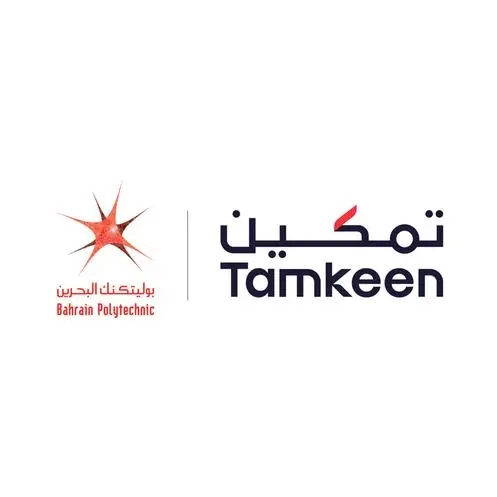Abu Dhabi: Stating that the adoption of continuous monitoring will shift Internal Audit’s (IA) focus from detecting to predicting control failure and risk triggers, an expert told a regional audit conference that the IA workforce, by 2025, will consist of an even-split between full-time employees, machines and technology staff.
Addressing the 19th Regional Audit Conference hosted by the UAE Internal Auditors Association (UAE-IAA) L S Giridhar, CEO of Dubai-based Robotech Solutions, a member of Mohammed bin Rashid Establishment for SME Development, said IA’s capabilities will be enhanced with bots and machine learning to handle the accelerating volume, speed and complexity of data.
Changing workforce dynamics will require IA to develop more flexible, adaptive and collaborative work environment. Creative problem-solving, innovative mindset and social intelligence will become more valuable than technical knowledge, he said.
The conference is the largest gathering of Internal Auditors in the region with the participation of more than 550 IA experts and specialists.
Participants came from countries like Saudi Arabia, Kuwait, Bahrain, Oman and Egypt. It discussed challenges and opportunities emerging from the Artificial Intelligence (AI), Data Privacy, Digitization, Cyber Security and Robotics. The conference is titled ‘Digital Foundation, Endless Possibilities’.
In his presentation on the Robotics Auditors–The Workforce of the Future, he said IA will employ a variety of dynamic outputs, on a more real-time basis, to deliver its messages to different stakeholders. He said analytics-based testing will shift the focus from traditional sample based audit procedures to the whole population.
About embedding Robotic Process Automation (RPA), he said jobs will be replaced by a smart machine by 2025, thereby creating an “anywhere, anytime” workforce. The Institute for Robotic Process Automation (IRPA) defines RPA as the application of a technology. This technology allows employees in a company to configure computer software or a robot to capture and interpret the existing applications for processing a transaction, manipulating data, triggering responses and communicating with other digital systems.
The RPA uses established control mechanisms and can communicate with all systems. Therefore, no interface has to be created.
RPA is a computer software that runs repetitive, rule-based processes. The software is trained based on functional specifications and can be adjusted at any time. RPA is a software solution that runs unattended, working like a virtual employee with legacy applications performing repetitive tasks reliably. The RPA can provide advanced solutions to eliminate manual work – especially if used with other complementary technologies.
-Ends-
© Press Release 2019
Disclaimer: The contents of this press release was provided from an external third party provider. This website is not responsible for, and does not control, such external content. This content is provided on an “as is” and “as available” basis and has not been edited in any way. Neither this website nor our affiliates guarantee the accuracy of or endorse the views or opinions expressed in this press release.
The press release is provided for informational purposes only. The content does not provide tax, legal or investment advice or opinion regarding the suitability, value or profitability of any particular security, portfolio or investment strategy. Neither this website nor our affiliates shall be liable for any errors or inaccuracies in the content, or for any actions taken by you in reliance thereon. You expressly agree that your use of the information within this article is at your sole risk.
To the fullest extent permitted by applicable law, this website, its parent company, its subsidiaries, its affiliates and the respective shareholders, directors, officers, employees, agents, advertisers, content providers and licensors will not be liable (jointly or severally) to you for any direct, indirect, consequential, special, incidental, punitive or exemplary damages, including without limitation, lost profits, lost savings and lost revenues, whether in negligence, tort, contract or any other theory of liability, even if the parties have been advised of the possibility or could have foreseen any such damages.










